Features From the Issue
-
Features
Final Resting Place of an Outlaw
Archaeological and forensic detective work lead to the remains of Ned Kelly, one of Australia’s most celebrated, reviled, and polarizing historical figures
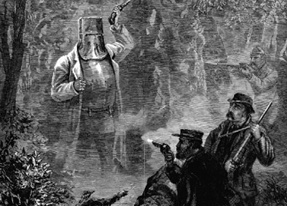
-
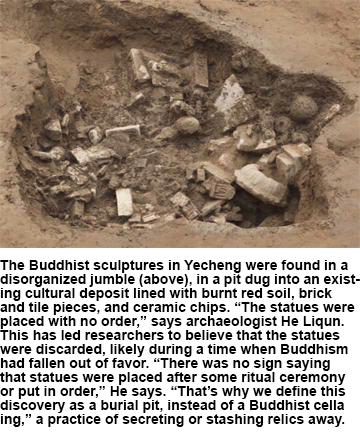
-
Features
A Cargo Twice Dug
Fifty years after they were salvaged, the contents of a Confederate blockade runner have reemerged
-
Features
The Unknown Temple
An archaeologist examines clues to a Greek god's identity
-
Features
Senegal's Forgotten Slaves
The untold story of Gorée Island

Letter from Iceland
Letter from Iceland
Surviving the Little Ice Age
How a flexible economy saved a nation during a period of unpredictable climate
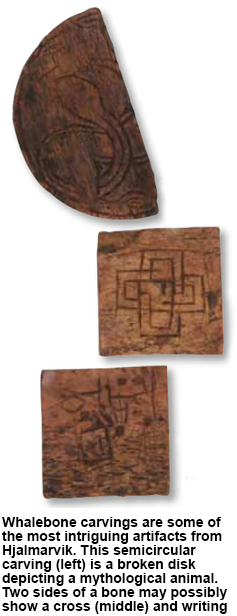
Artifact
Artifacts
Inscribed Clay Tablet
A previously unknown ancient language is discovered on a 2,700-year-old tablet
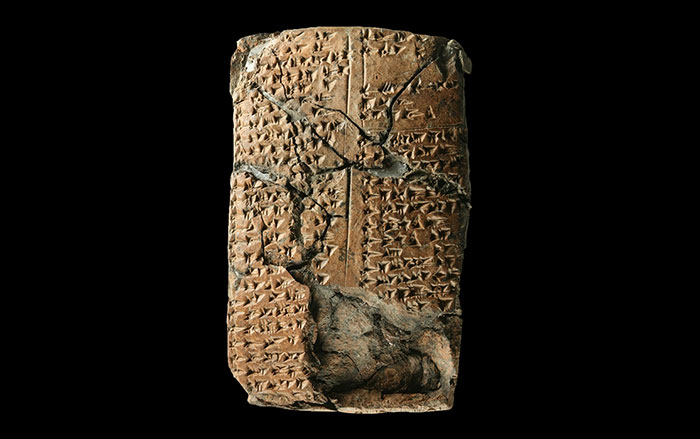
Digs & Discoveries
-
Digs & Discoveries
The Seeds of Inequality
 Courtesy BDA-Neugebauer
Courtesy BDA-Neugebauer -
Digs & Discoveries
A Villa's Surprising Residents
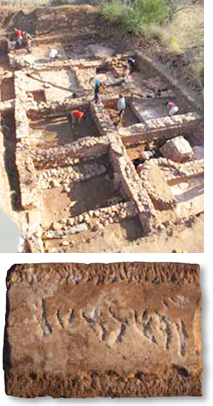 Courtesy Dennis Graen/FSU
Courtesy Dennis Graen/FSU -
Digs & Discoveries
Archaeology at 4,000 Feet
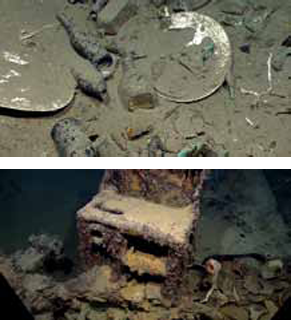
-
Digs & Discoveries
Medieval Reading Habits
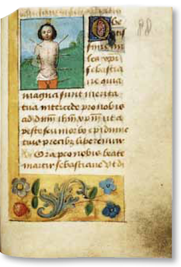
-
Digs & Discoveries
D-Day in the Sands of Omaha
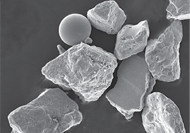
-
Digs & Discoveries
Curses!!!
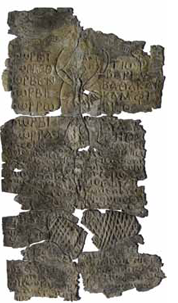
-
Digs & Discoveries
Bouncy Henge
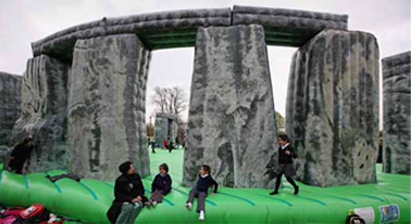
-
Digs & Discoveries
Emperor’s New Army
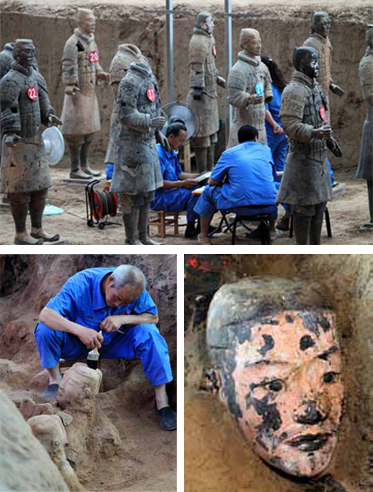
-
Digs & Discoveries
Vampire-Proofing Your Village

-
Digs & Discoveries
Trains in the Round

-
Digs & Discoveries
A Portrait of the Artist as a Young Neanderthal?
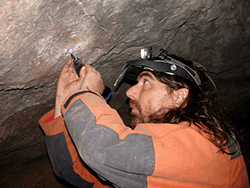
Off the Grid
Off the Grid September/October 2012
Aquincum, Hungary
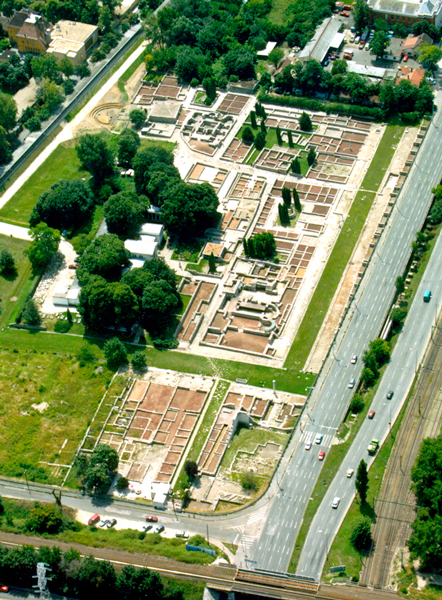
Around the World

CANADA
Canada: The permafrost of the highest Arctic reaches of the Northwest Territories can make it difficult to inter the dead underground. The Inuvialuit and Inuinnait people of the region buried their dead above ground, covered with large flat stones. Archaeologists have recently documented four examples of these graves dating to either 700 years ago or the 19th century. The graves will be left undisturbed, but nearby sites, including food caches, will be examined to learn more about the cultures that made them.

ENGLAND
England: "Can this cockpit hold/ The vasty fields of France? Or may we cram/ Within this wooden O the very casques/ That did affright the air at Agincourt?" The "wooden O" from the prologue to Shakespeare’s Henry V has been found behind a pub in Shoreditch. There, archaeologists uncovered the remains of the Curtain Theatre, which was home to the bard's theatrical company, the Lord Chamberlain's Men, for two years before the Globe opened. The playhouse likely saw the first performances of Henry V and Romeo and Juliet.

IRELAND
Ireland: While dredging for a wastewater treatment plant on the Cork coast, workers uncovered the previously undocumented wreck of a ship from the 16th or 17th century. While little is known of the ship just yet, marine archaeologists found that it carried an exotic load—seven coconuts, all stamped with an unknown mark. Found amid barrels and fragments of Seville olive jars, the coconuts might have been cargo from the Caribbean or North Africa.

